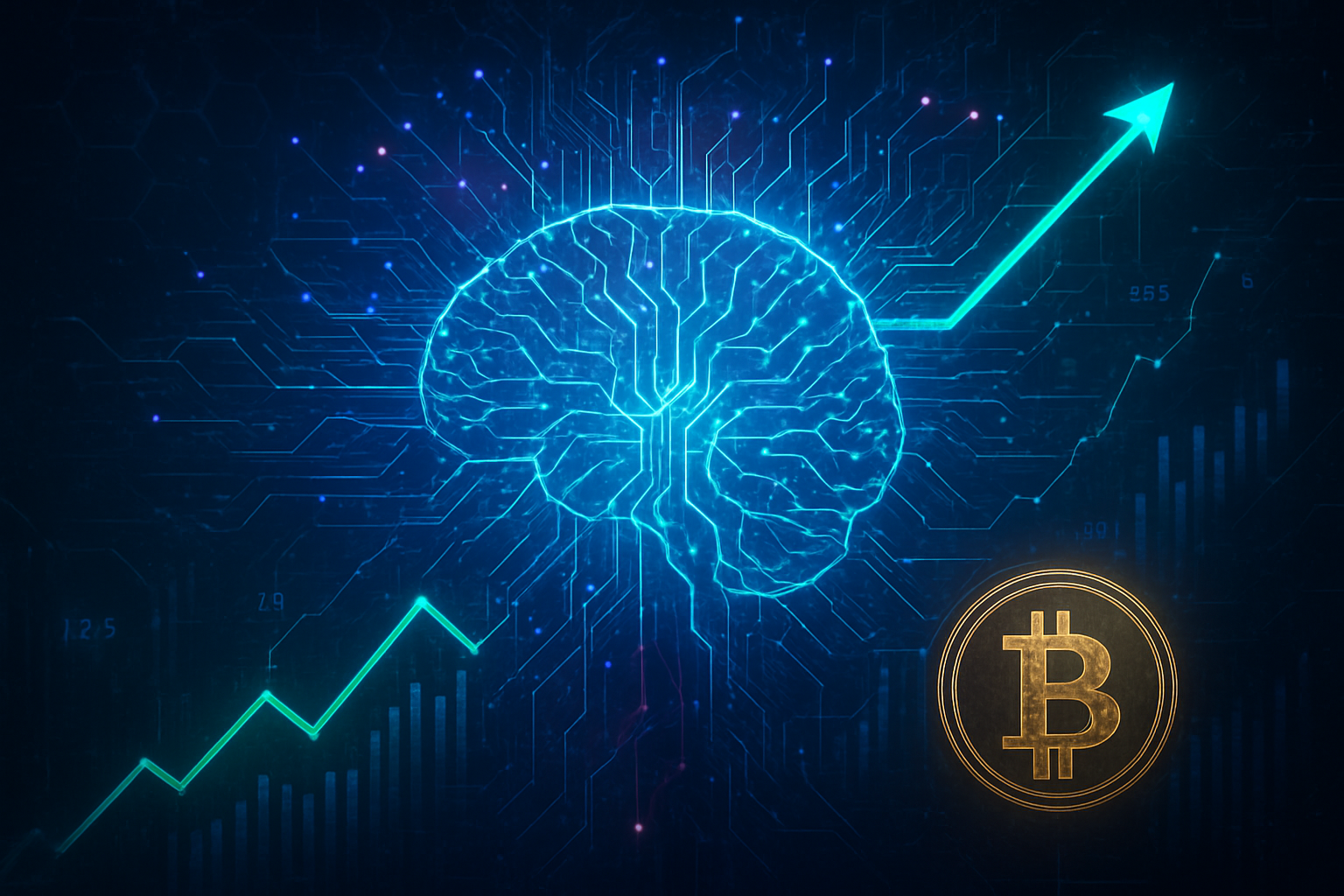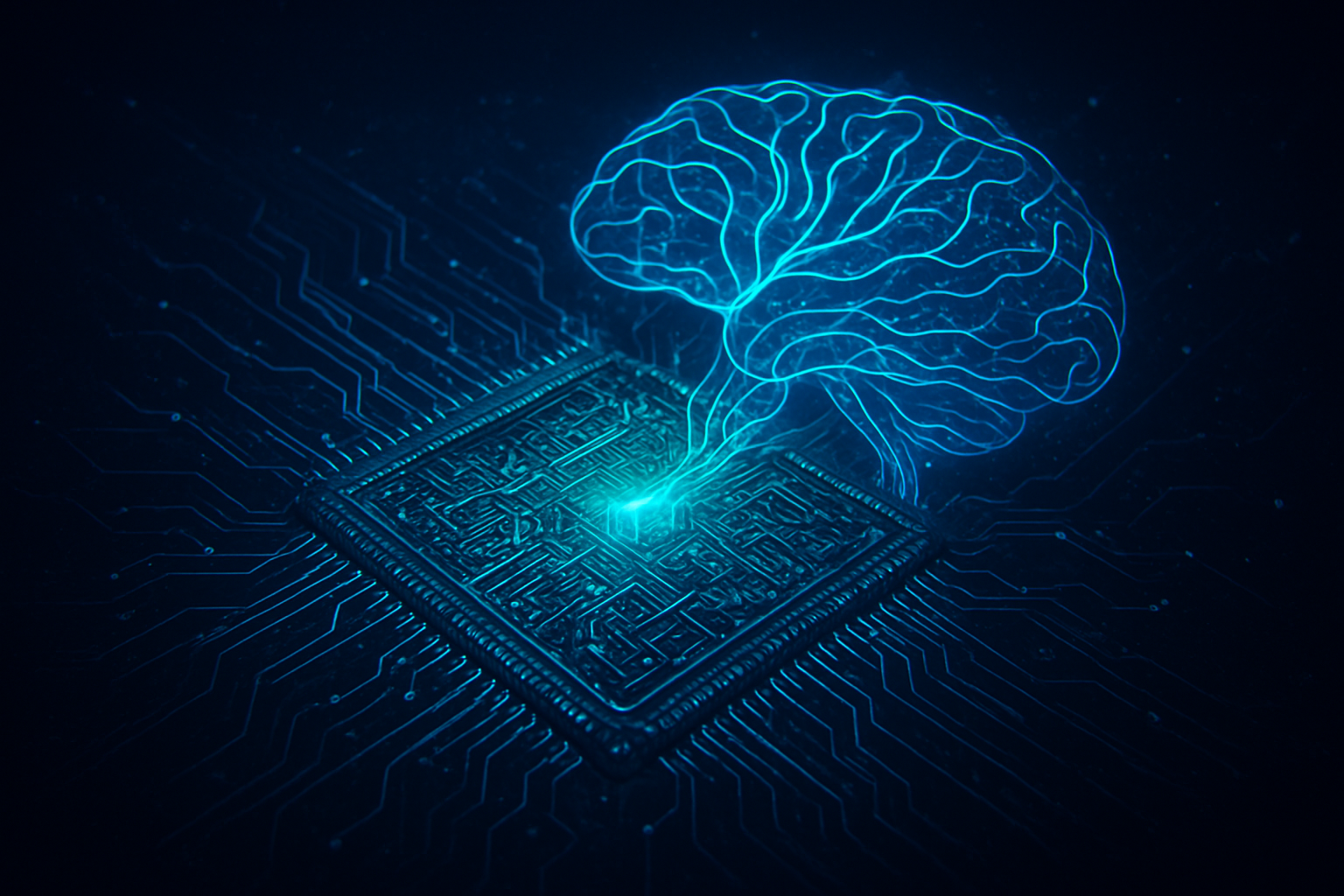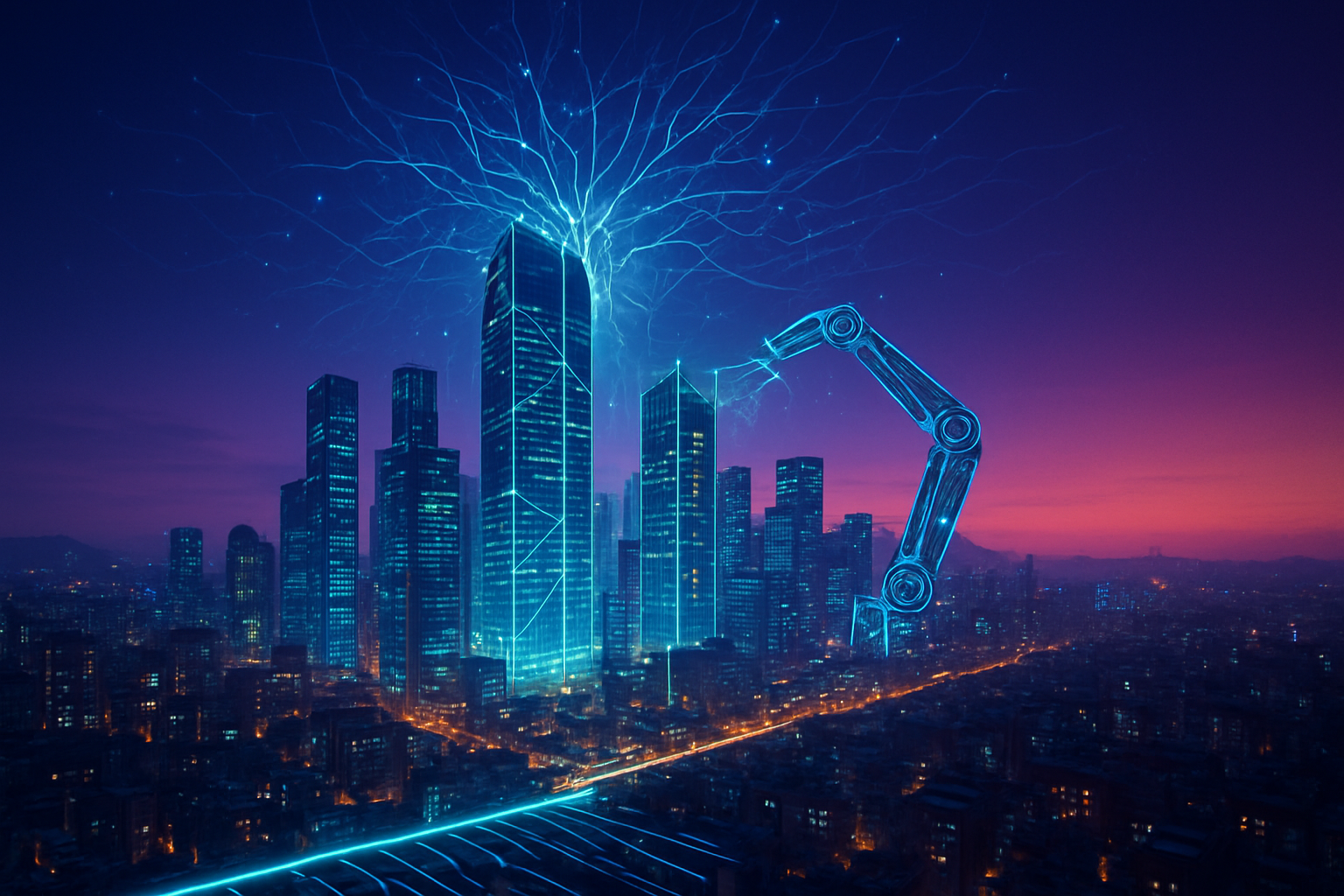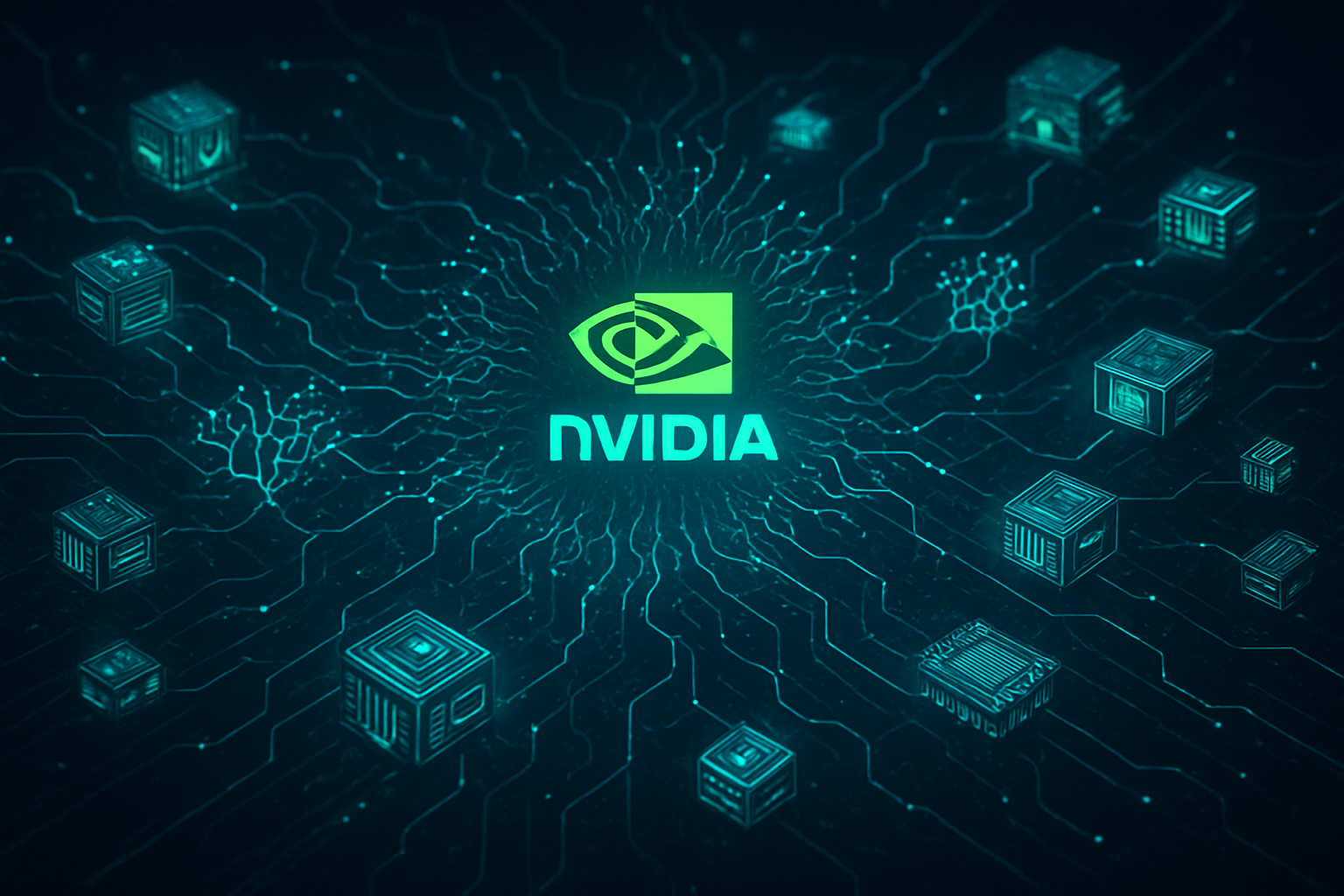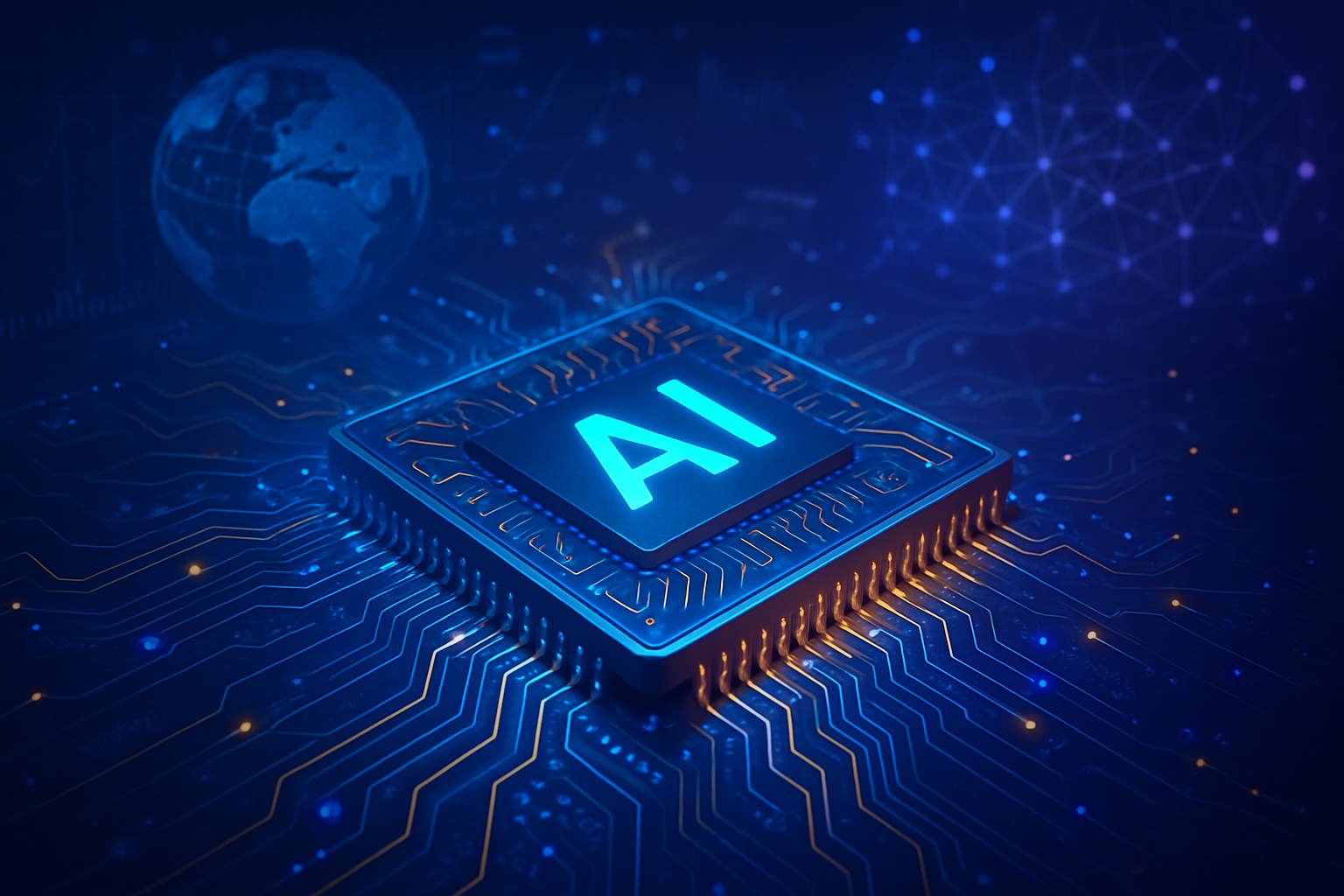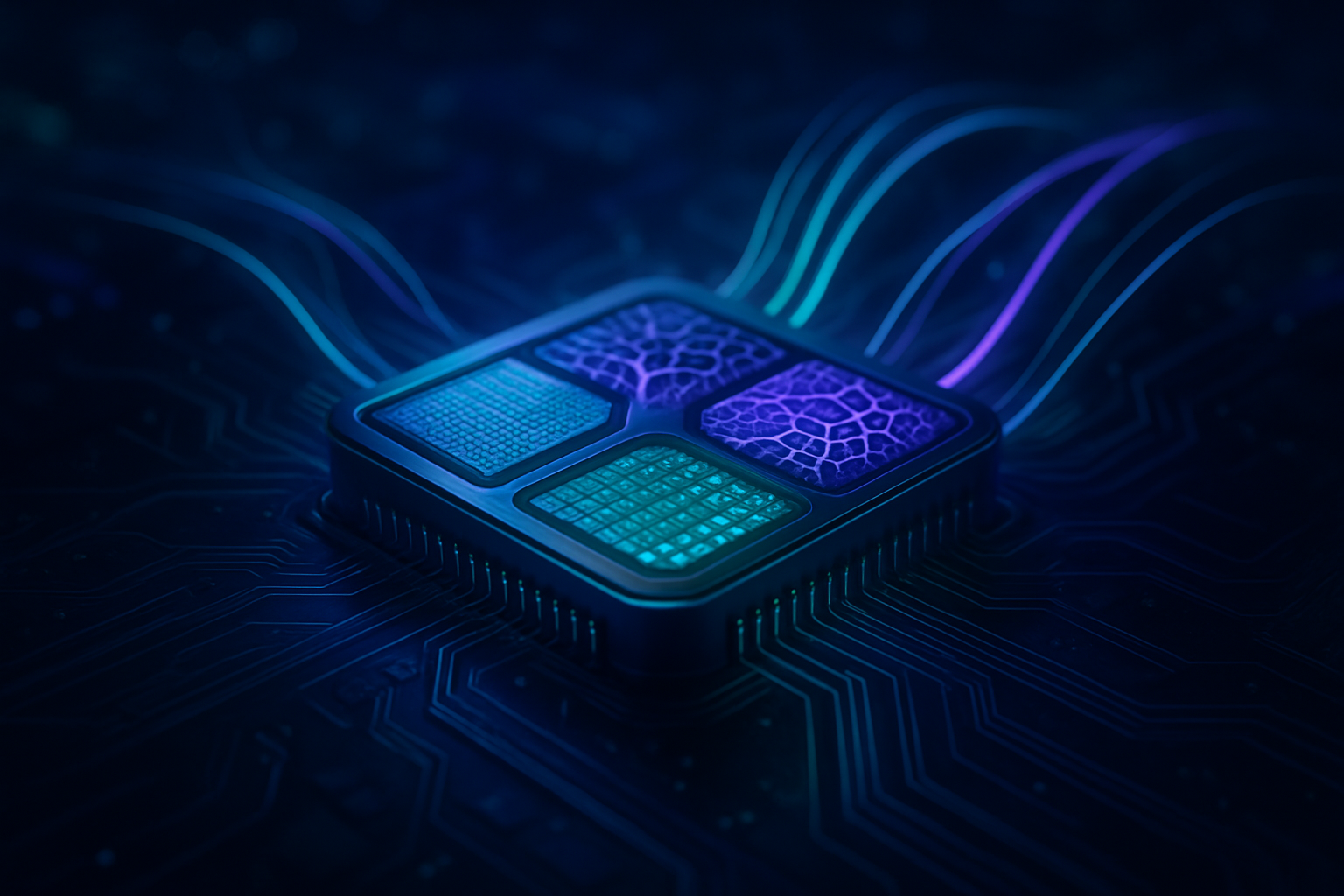The United States stands at a critical juncture regarding the governance of artificial intelligence, facing a burgeoning debate over whether federal regulations should preempt a growing patchwork of state-level AI laws. This discussion, far from being a mere legislative squabble, carries profound implications for the future of AI innovation, consumer protection, and the nation's economic competitiveness. At the heart of this contentious dialogue is a compelling claim from a leading tech industry group, which posits that a unified federal approach could unlock a staggering "$600 billion fiscal windfall" for the U.S. economy by 2035.
This pivotal debate centers on the tension between fostering a streamlined environment for AI development and ensuring robust safeguards for citizens. As states increasingly move to enact their own AI policies, the tech industry is pushing for a singular national framework, arguing that a fragmented regulatory landscape could stifle the very innovation that promises immense economic and societal benefits. The outcome of this legislative tug-of-war will not only dictate how AI companies operate but also determine the pace at which the U.S. continues to lead in the global AI race.
The Battle Lines Drawn: Unpacking the Arguments for and Against Federal AI Preemption
The push for federal preemption of state AI laws is driven by a desire for regulatory clarity and consistency, particularly from major players in the technology sector. Proponents argue that AI is an inherently interstate technology, transcending geographical boundaries and thus necessitating a unified national standard. A key argument for federal oversight is the belief that a single, coherent regulatory framework would significantly foster innovation and competitiveness. Navigating 50 different state rulebooks, each with potentially conflicting requirements, could impose immense compliance burdens and costs, especially on smaller AI startups, thereby hindering their ability to develop and deploy cutting-edge technologies. This unified approach, it is argued, is crucial for the U.S. to maintain its global leadership in AI against competitors like China. Furthermore, simplified compliance for businesses operating across multiple jurisdictions would reduce operational complexities and overhead, potentially unlocking significant economic benefits across various sectors, from healthcare to disaster response. The Commerce Clause of the U.S. Constitution is frequently cited as the legal basis for Congress to regulate AI, given its pervasive interstate nature.
Conversely, a strong coalition of state officials, consumer advocates, and legal scholars vehemently opposes blanket federal preemption. Their primary concern is the potential for a regulatory vacuum that could leave citizens vulnerable to AI-driven harms such as bias, discrimination, privacy infringements, and the spread of misinformation (e.g., deepfakes). Opponents emphasize the role of states as "laboratories of democracy," where diverse policy experiments can be conducted to address unique local needs and pioneer effective regulations. For example, a regulation addressing AI in policing in a large urban center might differ significantly from one focused on AI-driven agricultural solutions in a rural state. A one-size-fits-all national rulebook, they contend, may not adequately address these nuanced local concerns. Critics also suggest that the call for preemption is often industry-driven, aiming to reduce scrutiny and accountability at the state level and potentially shield large corporations from stronger, more localized regulations. Concerns about federal overreach and potential violations of the Tenth Amendment, which reserves powers not delegated to the federal government to the states, are also frequently raised, with a bipartisan coalition of over 40 state Attorneys General having voiced opposition to preemption.
Adding significant weight to the preemption argument is the Computer and Communications Industry Association (CCIA), a prominent tech trade association representing industry giants such as Amazon (NASDAQ: AMZN), Apple (NASDAQ: AAPL), Meta Platforms (NASDAQ: META), and Alphabet (NASDAQ: GOOGL). The CCIA has put forth a compelling economic analysis, claiming that federal preemption of state AI regulation would yield a substantial "$600 billion fiscal windfall" for the U.S. economy through 2035. This projected windfall is broken down into two main components. An estimated $39 billion would be saved due to lower federal procurement costs, resulting from increased productivity among federal contractors operating within a more streamlined AI regulatory environment. The lion's share, a massive $561 billion, is anticipated in increased federal tax receipts, driven by an AI-enabled boost in GDP fueled by enhanced productivity across the entire economy. The CCIA argues that this represents a "rare policy lever that aligns innovation, abundance, and fiscal responsibility," urging Congress to act decisively.
Market Dynamics: How Federal Preemption Could Reshape the AI Corporate Landscape
The debate over federal AI preemption holds immense implications for the competitive landscape of the artificial intelligence industry, potentially creating distinct advantages and disadvantages for various players, from established tech giants to nascent startups. Should a unified federal framework be enacted, large, multinational tech companies like Alphabet (NASDAQ: GOOGL), Microsoft (NASDAQ: MSFT), Amazon (NASDAQ: AMZN), and Meta Platforms (NASDAQ: META) are poised to be significant beneficiaries. These companies, with their extensive legal and compliance teams, are already adept at navigating complex regulatory environments globally. A single federal standard would simplify their domestic compliance efforts, allowing them to scale AI products and services across all U.S. states without the overhead of adapting to a myriad of local rules. This streamlined environment could accelerate their time to market for new AI innovations and reduce operational costs, further solidifying their dominant positions.
For AI startups and small to medium-sized enterprises (SMEs), the impact is a double-edged sword. While the initial burden of understanding and complying with 50 different state laws is undoubtedly prohibitive for smaller entities, a well-crafted federal regulation could offer much-needed clarity, reducing barriers to entry and fostering innovation. However, if federal regulations are overly broad or influenced heavily by the interests of larger corporations, they could inadvertently create compliance hurdles that disproportionately affect startups with limited resources. The fear is that a "one-size-fits-all" approach, while simplifying compliance, might also stifle the diverse, experimental approaches that often characterize early-stage AI development. The competitive implications are clear: a predictable federal landscape could allow startups to focus more on innovation rather than legal navigation, but only if the framework is designed to be accessible and supportive of agile development.
The potential disruption to existing products and services is also significant. Companies that have already invested heavily in adapting to specific state regulations might face re-tooling costs, though these would likely be offset by the long-term benefits of a unified market. More importantly, the nature of federal preemption will influence market positioning and strategic advantages. If federal regulations lean towards a more permissive approach, it could accelerate the deployment of AI across various sectors, creating new market opportunities. Conversely, a highly restrictive federal framework, even if unified, could slow down innovation and adoption. The strategic advantage lies with companies that can quickly adapt their AI models and deployment strategies to the eventual federal standard, leveraging their technical agility and compliance infrastructure. The outcome of this debate will largely determine whether the U.S. fosters an AI ecosystem characterized by rapid, unencumbered innovation or one that prioritizes cautious, standardized development.
Broader Implications: AI Governance, Innovation, and Societal Impact
The debate surrounding federal preemption of state AI laws transcends corporate interests, fitting into a much broader global conversation about AI governance and its societal impact. This isn't merely a legislative skirmish; it's a foundational discussion that will shape the trajectory of AI development in the United States for decades to come. The current trend of states acting as "laboratories of democracy" in AI regulation mirrors historical patterns seen with other emerging technologies, from environmental protection to internet privacy. However, AI's unique characteristics—its rapid evolution, pervasive nature, and potential for widespread societal impact—underscore the urgency of establishing a coherent regulatory framework that can both foster innovation and mitigate risks effectively.
The impacts of either federal preemption or a fragmented state-led approach are profound. A unified federal strategy, as advocated by the CCIA, promises to accelerate economic growth through enhanced productivity and reduced compliance costs, potentially bolstering the U.S.'s competitive edge in the global AI race. It could also lead to more consistent consumer protections across state lines, assuming the federal framework is robust. However, there are significant potential concerns. Critics worry that federal preemption, if not carefully crafted, could lead to a "race to the bottom" in terms of regulatory rigor, driven by industry lobbying that prioritizes economic growth over comprehensive safeguards. This could result in a lowest common denominator approach, leaving gaps in consumer protection, exacerbating issues like algorithmic bias, and failing to address specific local community needs. The risk of a federal framework becoming quickly outdated in the face of rapidly advancing AI technology is also a major concern, potentially creating a static regulatory environment for a dynamic field.
Comparisons to previous AI milestones and breakthroughs are instructive. The development of large language models (LLMs) and generative AI, for instance, sparked immediate and widespread discussions about ethics, intellectual property, and misinformation, often leading to calls for regulation. The current preemption debate can be seen as the next logical step in this evolving regulatory landscape, moving from reactive responses to specific AI harms towards proactive governance structures. Historically, the internet's early days saw a similar tension between state and federal oversight, eventually leading to a predominantly federal approach for many aspects of online commerce and content. The challenge with AI is its far greater potential for autonomous decision-making and societal integration, making the stakes of this regulatory decision considerably higher than past technological shifts. The outcome will determine whether the U.S. adopts a nimble, adaptive governance model or one that struggles to keep pace with technological advancements and their complex societal ramifications.
The Road Ahead: Navigating Future Developments in AI Regulation
The future of AI regulation in the U.S. is poised for significant developments, with the debate over federal preemption acting as a pivotal turning point. In the near-term, we can expect continued intense lobbying from both tech industry groups and state advocacy organizations, each pushing their respective agendas in Congress and state legislatures. Lawmakers will likely face increasing pressure to address the growing regulatory patchwork, potentially leading to the introduction of more comprehensive federal AI bills. These bills are likely to focus on areas such as data privacy, algorithmic transparency, bias detection, and accountability for AI systems, drawing lessons from existing state laws and international frameworks like the EU AI Act. The next few months could see critical committee hearings and legislative proposals that begin to shape the contours of a potential federal AI framework.
Looking into the long-term, the trajectory of AI regulation will largely depend on the outcome of the preemption debate. If federal preemption prevails, we can anticipate a more harmonized regulatory environment, potentially accelerating the deployment of AI across various sectors. This could lead to innovative potential applications and use cases on the horizon, such as advanced AI tools in healthcare for personalized medicine, more efficient smart city infrastructure, and sophisticated AI-driven solutions for climate change. However, if states retain significant autonomy, the U.S. could see a continuation of diverse, localized AI policies, which, while potentially better tailored to local needs, might also create a more complex and fragmented market for AI companies.
Several challenges need to be addressed regardless of the regulatory path chosen. These include defining "AI" for regulatory purposes, ensuring that regulations are technology-neutral to remain relevant as AI evolves, and developing effective enforcement mechanisms. The rapid pace of AI development means that any regulatory framework must be flexible and adaptable, avoiding overly prescriptive rules that could stifle innovation. Furthermore, balancing the imperative for national security and economic competitiveness with the need for individual rights and ethical AI development will remain a constant challenge. Experts predict that a hybrid approach, where federal regulations set broad principles and standards, while states retain the ability to implement more specific rules based on local contexts and needs, might emerge as a compromise. This could involve federal guidelines for high-risk AI applications, while allowing states to innovate with policy in less critical areas. The coming years will be crucial in determining whether the U.S. can forge a regulatory path that effectively harnesses AI's potential while safeguarding against its risks.
A Defining Moment: Summarizing the AI Regulatory Crossroads
The current debate over preempting state AI laws with federal regulations represents a defining moment for the artificial intelligence industry and the broader U.S. economy. The key takeaways are clear: the tech industry, led by groups like the CCIA, champions federal preemption as a pathway to a "fiscal windfall" of $600 billion by 2035, driven by reduced compliance costs and increased productivity. They argue that a unified federal framework is essential for fostering innovation, maintaining global competitiveness, and simplifying the complex regulatory landscape for businesses. Conversely, a significant coalition, including state Attorneys General, warns against federal overreach, emphasizing the importance of states as "laboratories of democracy" and the risk of creating a regulatory vacuum that could leave citizens unprotected against AI-driven harms.
This development holds immense significance in AI history, mirroring past regulatory challenges with transformative technologies like the internet. The outcome will not only shape how AI products are developed and deployed but also influence the U.S.'s position as a global leader in AI innovation. A federal framework could streamline operations for tech giants and potentially reduce barriers for startups, but only if it's crafted to be flexible and supportive of diverse innovation. Conversely, a fragmented state-by-state approach, while allowing for tailored local solutions, risks creating an unwieldy and costly compliance environment that could slow down AI adoption and investment.
Our final thoughts underscore the delicate balance required: a regulatory approach that is robust enough to protect citizens from AI's potential downsides, yet agile enough to encourage rapid technological advancement. The challenge lies in creating a framework that can adapt to AI's exponential growth without stifling the very innovation it seeks to govern. What to watch for in the coming weeks and months includes the introduction of new federal legislative proposals, intensified lobbying efforts from all stakeholders, and potentially, early indicators of consensus or continued deadlock in Congress. The decisions made now will profoundly impact the future of AI in America, determining whether the nation can fully harness the technology's promise while responsibly managing its risks.
This content is intended for informational purposes only and represents analysis of current AI developments.
TokenRing AI delivers enterprise-grade solutions for multi-agent AI workflow orchestration, AI-powered development tools, and seamless remote collaboration platforms.
For more information, visit https://www.tokenring.ai/.

